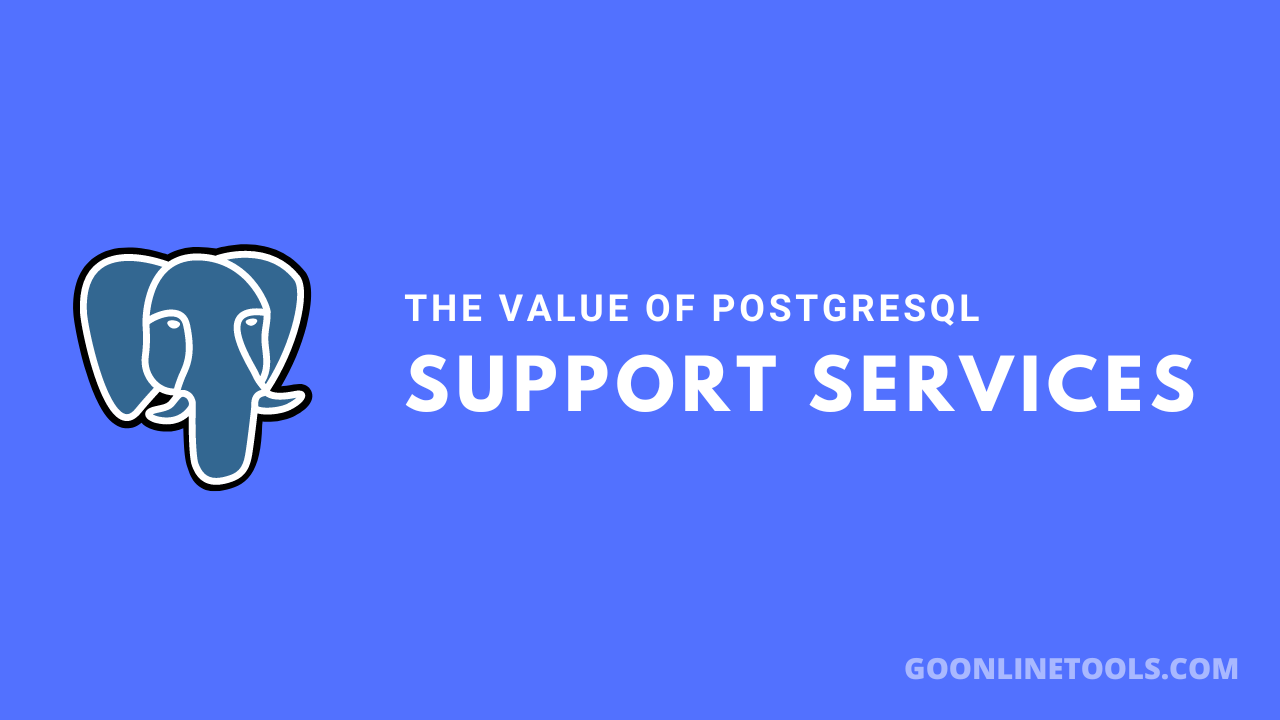
Featured image for "SEO Automation: Why Does It Matter and How to Boost Your SEO Efforts With Automation?"
In simple terms, search engine optimization is a cumulative practice aimed at making your site and content match search engine standards and, hence, appear higher in search engine result pages (SERPs). Today, it’s one of the most efficient ways of boosting brand visibility on the Internet. After all, more and more people now begin their experiences with new brands in search engines, and you want them to be able to find you organically.
Since it spans multiple activities and approaches, effective search engine optimization is never a once-off process. It’s an ongoing commitment that requires plenty of time and attention. And it’s also a very dynamic field. With search engines releasing new algorithms and demands every once in a while, it requires even more focus to stay up-to-date with your strategy.
The solution? SEO automation is a trick that can help you get the most out of your efforts without spending too much time. Read on, and we will tell you more about it!
What Is SEO Automation?
SEO automation is the process of putting your search engine optimization efforts on autopilot. It implies using specialized automated SEO software and tools to systematize your day-to-day tasks, streamline data collection and analysis, and otherwise increase the efficiency of your workflow by cutting down the amount of manual work and speeding up your SEO tasks.
SEO Automation Benefits: Why Do You Need It?
Since search engine optimization is a long-running endeavor, it involves plenty of big and small tasks. Some of them might be performed once in a fairly long time. However, others require ongoing results monitoring and strategy refining to acquire the best outcomes.
That’s when leveraging SEO automation tools can really help. The top perks that you can gain from streamlining your efforts include:
- Time savings – Cutting-edge automated SEO tools can save you a bunch of time every day, boosting the speed of work and overall productivity.
- Improved accuracy – Accuracy is a big thing in many SEO tasks. For example, in keyword research, accuracy can help you determine the most searched queries that can take your site higher in SERPs. Specialized tools can help you receive the accuracy that nearly can’t be received manually.
- Streamlines monitoring and reporting – Keeping an eye on your core SEO metrics is a surefire way to detect working tactics, find mistakes, and determine areas for improvement in your strategy. Optimization tools can help you monitor metrics seamlessly and accurately and organize your findings in convenient reports. Automated SEO reports might be even more beneficial for agencies as they can save you a lot of time and help visualize the value of your efforts to clients.
- Enhanced optimization results – With your SEO expertise empowered by the accuracy, time efficiency, and data-drivenness of automation tools, you can achieve greater goals in less time. This could mean not only higher rankings but also better conversions and revenues.
5 SEO Tasks Worth Automating
So, you already know what SEO automation is and how it can change your game. Next, you might be wondering which tasks you can streamline, in particular.
The following search engine optimization tasks can be put on autopilot with the right tools:
1. Keyword Research
Keywords are the search queries that help you indicate your content’s relevance to a specific user request and appear in search results for it. They play a pivotal role in establishing your visibility, which means that handling keyword research requires special care.
To detect your target keywords manually, you need to go through enormous amounts of data to see what your prospects are looking for, analyze the competition, and pick the most promising keywords. This can take a lot of time. But you can do it faster and more efficiently with the right tools.
Keyword research software lets you scan thousands of keywords with their search volumes, competition, and other metrics and makes this time-consuming process effective. Some popular platforms that can be used for this task are SE Ranking and Ahrefs. You can find a detailed and objective SE Ranking vs Ahrefs review by Top 10 to pick an option that suits you.
2. Content Creation and Optimization
While keywords work as markers of relevancy, your content is what plays a major role in SEO. With its help, you can emphasize your credibility, gain backlinks, drive traffic to your site, and, most importantly, engage your visitors and convert them. Hence, content creation and optimization are big tasks that you will have to deal with frequently.
Smart SEO automation tools can hold many features for streamlining your content-related tasks. For example, they can:
- Help you create briefs for your future articles in no time;
- Suggest relevant keywords and phrases to use in every piece;
- Assist with editing;
- Help you evaluate the quality and optimize your content.
With such solutions at hand, you can handle content creation easier and ensure better rankings.
3. Link Building
High-quality backlinks that drive users to your pages from external sources can multiply your traffic and make you look more trustworthy in the eyes of your prospects and search engines as well. Hence, it can also increase your positions in SERPs. But getting all these perks requires lots of hard manual work.
With the right software, you can streamline a variety of tasks involved in link building, such as:
- Link opportunities search;
- Bulk email outreach;
- Link status tracking.
Also, these tools can help you keep an eye on the quality of your backlink profile and quickly detect and disavow broken links or reclaim your links.
4. Site Audits
Every good search engine optimization strategy begins with identifying your site’s current performance and detecting areas for improvement. This is what the site audit is meant for. It’s the process of analyzing the website and assessing how well it is optimized to rank high in SERPs.
Needless to say, evaluating your site against lots of different metrics can be draining. Automation tools, on the contrary, can scan your site in no time and provide an all-rounded review of its current performance, mistakes, and recommended improvements.
5. Performance Monitoring
Watching your rankings and other SEO metrics can tell you which aspects of your strategy work well for you and which don’t. By streamlining this process with the right tools, you can not only save plenty of time but also receive more accurate and in-depth insights into your performance.
What’s more, some tools can provide you with full overviews of your performance and metrics in the form of reports with structured data. This is very convenient for visualizing your data.

How to Adopt Automated SEO Tools for Your Success
Implementing the right automated solutions for streamlining your SEO tasks requires attention and time. Here’s how you can do it step by step:
- Define your goals and needs – Understanding your needs will help you detect which areas of your workflow you want to streamline. For example, if your top-priority goal is to attract more traffic, your optimization strategy should prioritize rankings. From the automation viewpoint, you will want to leverage an automated rank tracker to continuously monitor your rankings and make strategic improvements in your approach to appear higher in SERPs.
- Pick suitable tools – Based on your specific goals, you should determine which SEO metrics you want to keep an eye on and which tasks require optimization. Using this data, you should make a list of features and possibilities you need to have in your software. Use this list to research and compare automated SEO tools to pick the right one for you.
- Set up the workflow – Mapping out a detailed workflow with your new tools is crucial for productivity and success. To do this, follow these simple steps:
- Note down the software that you will be using;
- Outline the processes that will be automated, for example, keyword research;
- Determine stakeholders;
- Map out who will be performing each task, as well as how and when they will do it;
- Test the new workflow to assess convenience and efficiency (and make respective changes in the process if needed);
- Deploy the designed workflow;
- Train your users.
- Track the results and improve – Once your newly designed workflow is in its full swing, don’t stop improving it. Encourage feedback and suggestions for improvement from users, analyze them, and optimize the workflow for maximum success. Also, keep an eye on the key performance indicators that align with your goals to determine whether new solutions help you achieve them faster and easier. And make strategic improvements.
Workflow Automation Best Practices
Adopting automation tools and deploying a new workflow can be quite challenging. There are many risks that may hamper your success. But here are the two core best practices that should help you achieve success:
Avoid Over-Automation
While automation can bring you many benefits, overdoing it can lead to certain drawbacks too. Namely, there are potential issues like AI bias, tech errors, and more. Most importantly, relying on tech solutions too much in your daily operations can make you lose the “human touch” with your audience.
So embrace innovations moderately, avoiding over-reliance on them.
Keep Up With Current SEO Trends
Keeping abreast of emerging SEO trends is pivotal for retaining and enhancing your position in SERPs and traffic flow. Search engine optimization is an ever-changing field in which the rules and demands are adjusting rapidly. Every Google trend or algorithm update can turn the way it ranks sites upside down. For example, one of its updates released in the past 5 years – mobile-first indexing, has forever changed the role of mobile versions of a website for SERP rankings.
So keep up with Google search trends, algorithm updates, and other innovations that can affect the outcomes of your optimization efforts and adopt them quickly to stay ahead of the competition.
Conclusion
SEO automation is a handy auxiliary tool that can take your productivity to the next level and help you attain your goals in less time and with less effort. Implementing it isn’t hard today when there are plenty of handy tools out there. You just need to consider a few tips to make the transition smooth and make the most out of it.
So don’t wait and start optimizing your workflows right now. Use this guide and the tips we shared here as a roadmap to success!
The Editorial Team at GoOnlineTools.com specializes in delivering cutting-edge information on technology.
View all articles




